SEALANTS
Sealants effectively prevent tooth decay. A thin coating of sealant painted on the chewing surface of the teeth bonds to grooves and forms a shield over the enamel.
Brushing and flossing will remove most food particles and plaque on smooth surfaces, but the bacteria can hide in uneven surfaces at the back of the mouth (premolars and molars). Sealants do a great job of protecting these vulnerable areas.

Who Should Get Sealants?
Children from ages six to fourteen are particularly vulnerable to cavities, so this is a critical age to have sealants on their premolars and molars. In some cases, sealants on baby teeth are necessary when a high risk of decay exists. Baby teeth have a vital role in holding the correct spacing for permanent teeth and should be healthy.
Adults would also benefit from applying sealants on cavity-free molars to keep those teeth free of decay.
What Research Says About Sealants
A CDC report states that dental sealants prevent 80% of cavities for two years and 50 % up to four years.
According to the CDC, the sealants can stay in the mouth for up to nine years. Only about 43 percent of 6- to 11-year-old children have dental sealants. School-age children without sealants are three times more likely to have cavities than children with sealants. The CDC reported that applying sealants in school-based programs to the nearly 7 million children from low-income households who don't have them could save up to $300 million in dental treatment costs.


Long-term Benefits
Dental hygiene comes from regular cleanings and is the best investment in your smile. At your initial appointment and regular check-ups every six months, a trusted dental hygienist will gently and thoroughly clean your teeth.

